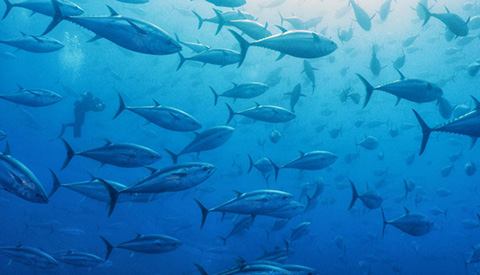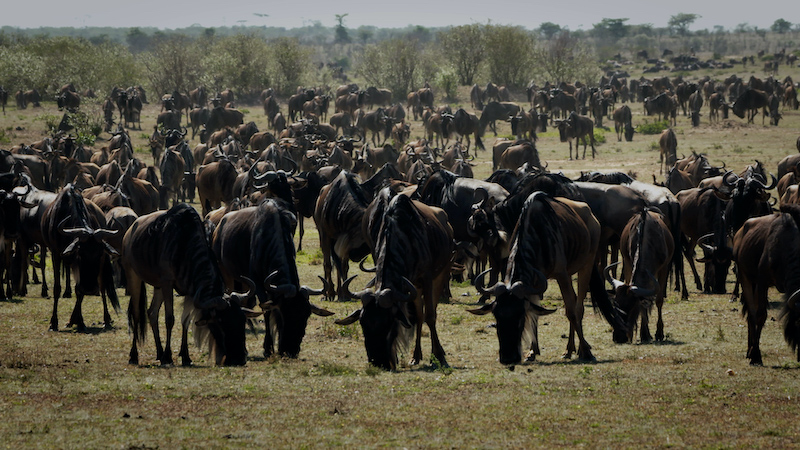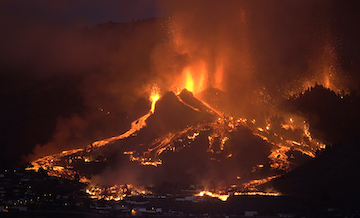
by Emiliano de Pablos
During the streaming boom and the lockdown in 2020, nature documentaries reached historic consumption peaks, a trend that continues today, supported by the development of new windows of exploitation such as fast channels. In Spain, content production companies in this documentary sub-genre have benefited from technological democratization - drones are now available where helicopters were previously needed - and offer high-quality products on very tight budgets. This means that Spanish documentaries continue to be highly appreciated by the main international buyers.
Spanish Nature Docs / Focus on

The documentary takes us to the Cabrera Archipelago, a paradise today. This site has experienced an explosion of biodiversity for fish, birds, reptiles, and marine mammals that are hard to observe outside this archipelago, including the endemic Balearic shearwater and Balearic warbler.
CABRERA, THE ANCESTRAL MEDITERRANEAN

We aim to introduce "Multitudes" to channels and platforms worldwide in order to reach audiences and wildlife lovers from all around the globe.
MULTITUDES: THE POWER OF NUMBERS

The documentary explores the scientific details of the last volcanic process in Europe and the most long-lasting one in the Canarian Island of La Palma. This has been one of the more destructive volcanic eruptions in the world.
One year after the first outbreak, we see the first technical and scientific conclusions about a natural event that has transformed the geography, the society and the economy of an island already used to live with volcanos. Experts who worked in the field share for the very first time, in this documentary, their results which will determine future volcanic studies.
THE LAST VOLCANO